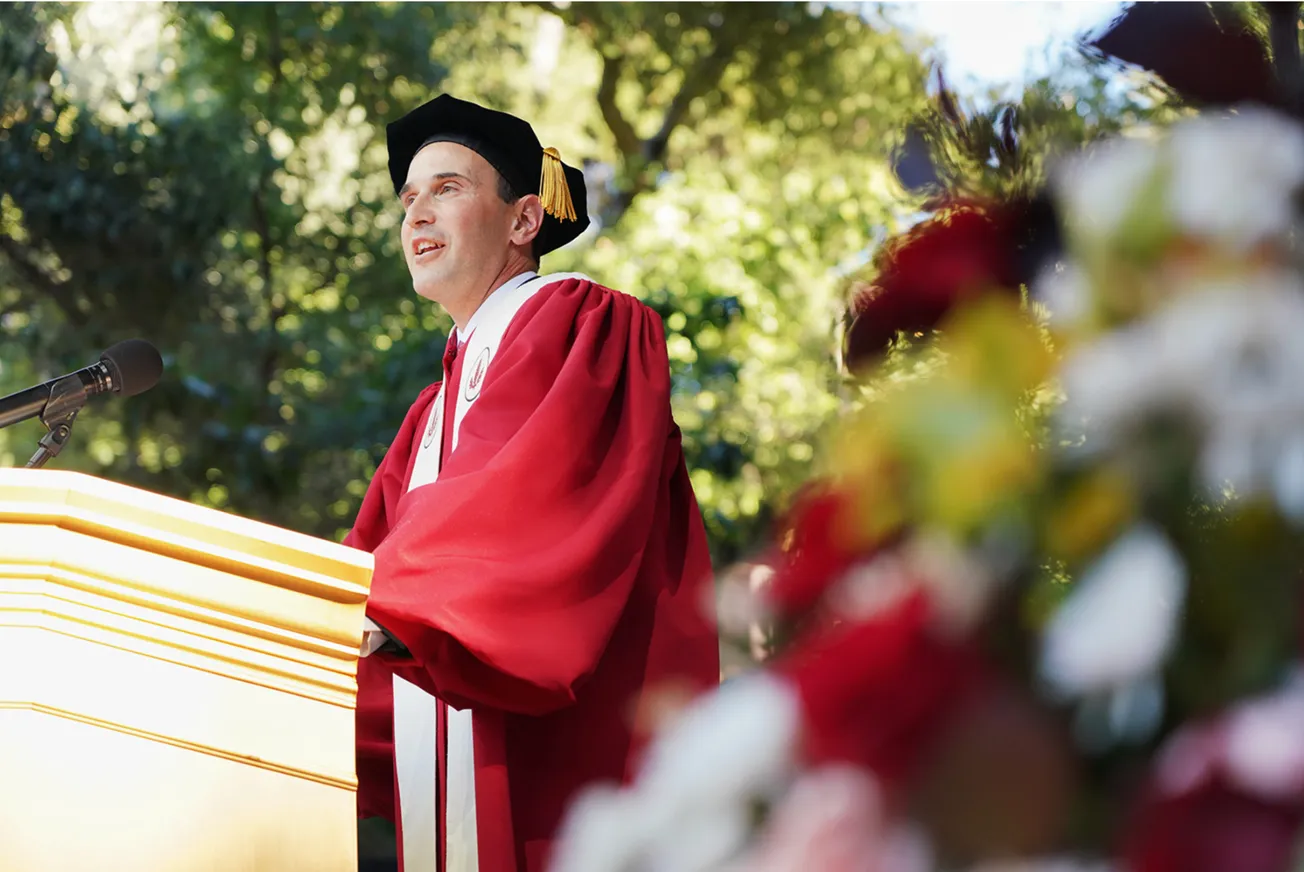Table of Contents
Last week, The Stanford Review had the chance to sit down with E2.0 co-founder Dan Thompson to discuss the future of E2.0 at Stanford. This summer, Thompson, alongside student entrepreneur Jon Manzi and student body vice-president Stewart Macgregor-Dennis, founded E2.0, a new student organization dedicated to facilitating student entrepreneurship on campus.
How E2.0 came to be a part of the ASSU in the first place was rather coincidental according to Thompson: “[We] created E2.0 over the summer, came up with the budget and a bunch of ideas, and the ASSU talked to us and said they were doing some [entrepreneurial initiatives]. So, they said they were creating this position—Chair of Entrepreneurship—and asked if we wanted it, and we said ‘Yeah, sure, that sounds like fun.’”
Less than a month after becoming a part of the ASSU, the two organizations made a mutual decision to split. The split came after concerns were raised that the ASSU was becoming too narrow in focus bbecause E2.0 was aimed at a comparatively small sector of Stanford’s body—those interested in entrepreneurship.
“During the first three weeks, the ASSU caught a lot of heat…in terms of how big it was getting, and even more relevant, how it was over-focusing on one segment of the population, and so…they were getting hammered over that….and we just thought it made sense to split,” explained Thompson.
The realization that the relationship between E2.0 and the ASSU was not going to work out came swiftly, and the quick decision to split apart was facilitated by the fact that E2.0 was an autonomous organization with little if any ASSU oversight and no funding from the ASSU whatsoever.
“They gave us zero money. [The Chair of Entrepreneurship] is not a paid position,” stated Thompson. “We did not actually get incorporated as a student group through the ASSU—we’re still not a student group, just because it’s not really relevant to our mission.”
Despite the separation from the ASSU, Thompson mentioned that E2.0 “still works closely with them on all sorts of stuff. We’re still the exact same organization with the same goals.”
Overall, the split between E2.0 and the ASSU seemed in the interest of both organizations according to both Thompson and MacGregor-Dennis. Despite the split, E2.0 will be working closely with the ASSU on a number of initiatives, including an “entrepreneurship dorm,” which is intended to be an on-campus entrepreneurship-themed house that E2.0 hopes may sow the seeds of entrepreneurial ideas, startups, and relationships among entrepreneurs.
“The grand vision is to have a themed entrepreneurship dorm that students can apply for…both undergraduates and graduate students,” noted Thompson. One of the key elements of the “E-Dorm,” as it is dubbed, would be bringing in both techie and non-techie students, to have a wide diversity of people in their own dorm to talk to and collaborate with if they want to create a tech or social product or something else entirely.
Additionally, the E-Dorm would feature events, such as guests speakers and special dinners, and possibly even “entrepreneurs in residence” who live in the dorm for a few days and hold workshops with students. In addition to the E-Dorm, E2.0 is working on two other major projects to benefit entrepreneurs on campus. One is E-Reach, which aims to connect entrepreneurial students of diverse backgrounds and to connect entrepreneurial Stanford students to emerging markets. The other is an entrepreneurship mentor program, which aims to match the most promising entrepreneurs on campus with successful entrepreneurs in Silicon Valley.
One of the main ideas of E-Reach is to give Stanford students the resources to go overseas to places like Brazil and Israel, which have emerging technology markets, and connect with and develop ideas and products in those places.
The Director of Stanford Alumni Mentorship will head the entrepreneurship mentor program, which is still in its planning stages, according to Thompson. E2.0 is currently designing the mentorship program, which among its ideas includes a “tiered system” of matching current students to entrepreneurs in the Valley. In this system, the most successful current student entrepreneurs would be matched up with the most successful “big-time” entrepreneurs in Silicon Valley, and newcomer student entrepreneurs would be paired up with smaller-name mentors.
It seems that the split from the ASSU has meant little for the plans of E2.0. The organization is functioning overall much the same as it started out, though now with more progress on its various initiatives.




